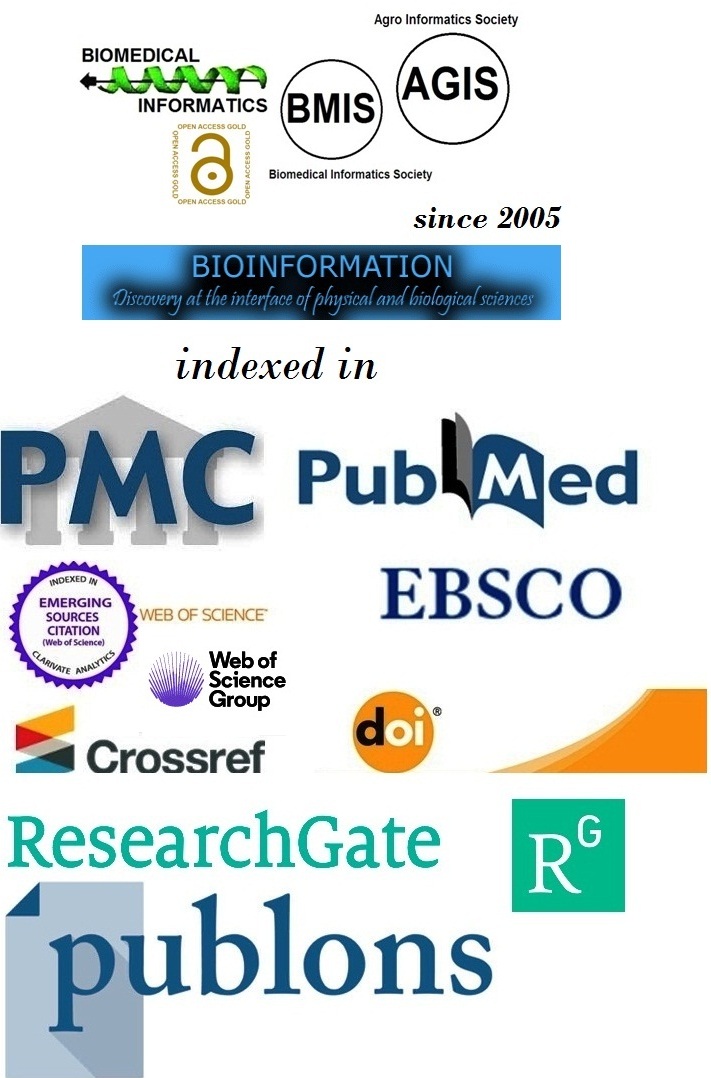Title
Impact of abutment angulation on the accuracy of closed tray versus open tray implant impressions using noble bio-care active implants
Authors
Shaik Riyaz Basha1, Shravani Dondla2,*, Praveena Channamsetty3, Badugu Satyavathi4, SatheeshSimha Reddy4, K Srivani5 & Amisha Agarwal6
Affiliation
1Department of, Malla Reddy Institute of Dental Sciences, Malla Reddy Vishwavidyapeeth, Hyderabad, Telangana, India; 2Sri Venkata Sai Dental College, Mahbubnagar, Telangana, India; 3Department of Prosthodontics, Mamata Institute of Dental Sciences, Bachupally, Hyderabad, Telangana, India; 4Department of Prosthodontics, Malla reddy institute of dental sciences, Malla Reddy Vishwavidyapeeth, Hyderabad, Telangana, India; 5Department of Prosthodontics, Smilead Dental Care, Hyderabad, Telangana, India; 6Intern, Kalinga Institute of Dental Sciences, Kalinga Institute of Industrial Technology (KIIT), Patia, Bhubaneswar, Odisha, India; *Corresponding author
Shaik Riyaz Basha - E-mail: riyazbasha007@gmail.com
Shravani Dondla - E-mail: shravani.reddydondla@gmail.com
Praveena Channamsetty - E-mail: praveena.channamsetty@gmail.com
Badugu Satyavathi - E-mail: satyavathi752@gmail.com
Satheesh Simhareddy - E-mail: satish.mds@gmail.com
K Srivani - E-mail: drsrivani.k@gmail.com
Amisha Agarwal - E-mail: ragarwal.0513@gmail.com
Article Type
Research Article
Date
Received June 1, 2025; Revised June 30, 2025; Accepted June 30, 2025, Published June 30, 2025
Abstract
The influence of abutment angulation on implant impression accuracy by comparing Closed Tray and Open Tray techniques in a clinical setting is of interest to dentists. Hence, a prospective cross-sectional analysis was conducted on 60 patients receiving implant-supported prostheses, stratified by abutment angulation (0°C, 15°C and 30–45°C). Impressions were made using polyvinyl siloxane and accuracy was quantified via mean MM discrepancy and procedural performance scores. The Open Tray technique demonstrated superior dimensional fidelity (mean discrepancy = 0.46 mm) versus the Closed Tray (0.72 mm), with significantly higher rates of clinically acceptable impressions and procedural efficacy. Logistic regression identified procedural proficiency as a strong predictor of impression precision. These findings underscore the diagnostic superiority of the Open Tray technique, particularly in angulated scenarios, reinforcing its value in enhancing prosthetic accuracy and clinical predictability.
Keywords
Implant impressions, open Tray technique, closed Tray technique, abutment angulation, procedural score, MM discrepancy, implant accuracy, prosthodontics.
Citation
Basha et al. Bioinformation 21(6): 1370-1374 (2025)
Edited by
P Babaji
ISSN
0973-2063
Publisher
License
This is an Open Access article which permits unrestricted use, distribution, and reproduction in any medium, provided the original work is properly credited. This is distributed under the terms of the Creative Commons Attribution License.
